The subject of environmental design has recently been brought to my attention. It was not foreign to me, but I decided to do a bit more research to learn more about the subject and share it as a blog post. I hope you'll enjoy it as much as I did.
Environmental design is the process of addressing surrounding environmental parameters when devising plans, programs, policies, buildings, or products. These fields include architecture, geography, urban planning, landscape architecture, and interior design.
"We spend about 90 percent of our time indoors, and our physical environment impacts our health more than lifestyle, medical care, and genetics. For companies, investing in people and helping to improve their physical and mental health is common sense." -well
Ideas:
Converting a spare office into a wellness room

Leave extra space in the kitchen as well. This extra space can be a gathering spot for employees.
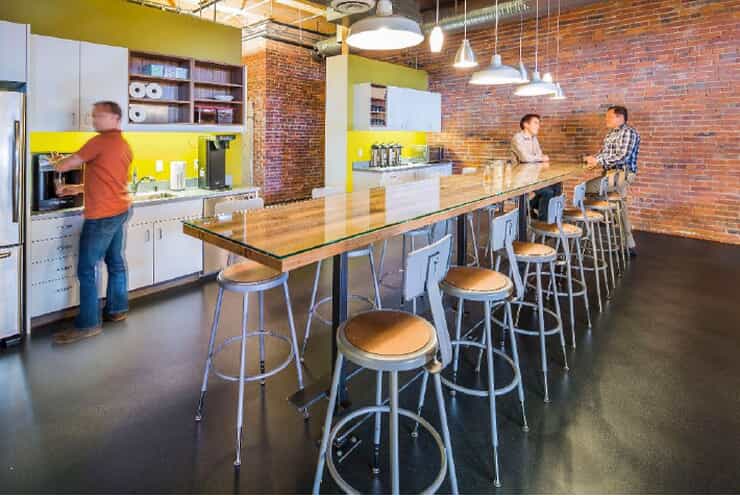
Welcome Four-Legged Friends

Incorporate Nature - live trees and plants, even a moss wall

Stay True to Your Mission - instead of framed pictures of flowers or landscapes, consider photos of circuit boards, tech-themed quotes (for a tech company, for example), a scoreboard to showcase the team's work (hours worked and client satisfaction survey scores).
Creative diversified workspaces - Split up areas into zones, which each create a wholly different experience.

Treat Your Employees - a whiskey wall, London-style telephone booths, coffee bar, a Narnia closet turned conference room, and an old-fashioned popcorn cart. The candy wall.

Let Employees Create It - employees build their desks using LEGOs. A pet-friendly policy. A group decoration project. A treehouse.
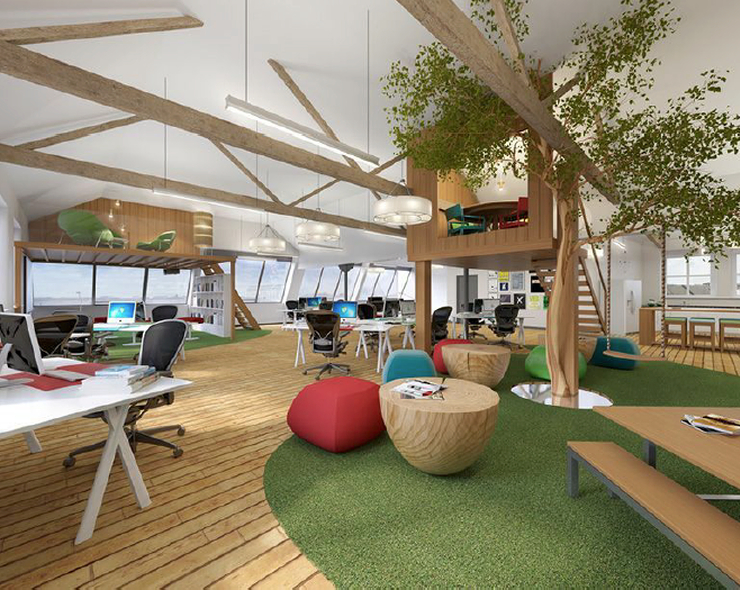
Stop thinking “open” and start thinking “variety” - the open office idea isn’t all it was cracked up to be. In fact, open offices are associated with lower employee satisfaction and less productivity, higher levels of stress and fatigue, and higher rates of absenteeism including more sick days. To combat this problem, companies are shifting more toward variety: personal spaces that employees can customize to fit their preferences, social spaces for collaboration and bonding, and “thinking rooms” for when individuals need some peace and quiet.

Improve the lighting - Provide access to natural light—It increases productivity. If it isn’t feasible to put everyone near a window, install indirect lighting, which is still bright and doesn’t cause eye strain.
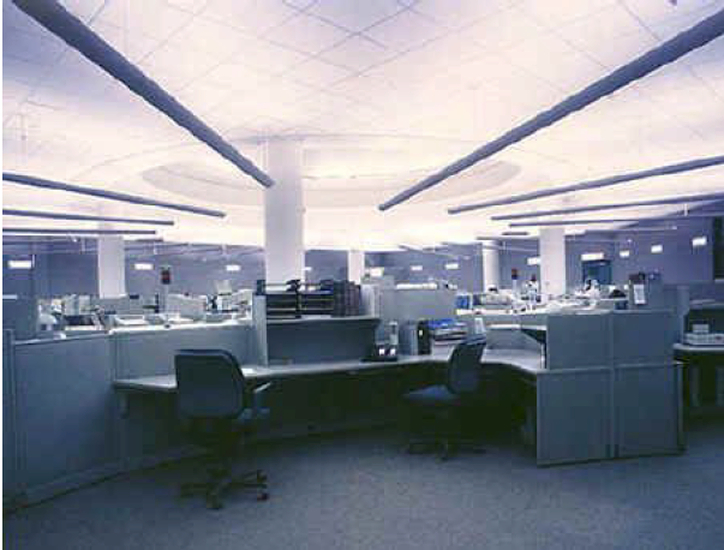
Raise the ceilings - studies have found that people prefer ceilings that are 10 feet high and that higher ceilings are associated with thinking more freely.
Paint the walls (as long as it’s not white) - color has a major effect on our emotions and our productivity, and when it comes to employee effectiveness, white is one of the worst. Similar to providing a variety of workspaces, provide a variety of color environments tailored for different activities. Research links green to creativity and blue to productivity. Red appears to be good for detail orientation, but it can also reduce analytical thinking. And no one likes yellow.

Control the noise level - Noise is hands-down the most common office complaint, especially in open-plan offices. Sound masking systems get rid of unwanted sounds by distributing noise that is engineered to cover up speech. If you can’t install a full sound masking system, at the very least provide noise-canceling headphones.
Multipurpose spaces - foster a sense of inclusion, which increases worker happiness, which is shown by research to boost productivity. Planning flexible, multipurpose office spaces can save money and help a business's space evolve along with its needs. Flexible and mobile technology solutions for productive wandering and collaborating with laptops—and more recently, tablets—stealing the spotlight from the anchored desktop towers of old, there’s no reason employees shouldn’t be able to take their essential technology with them anywhere in the office.
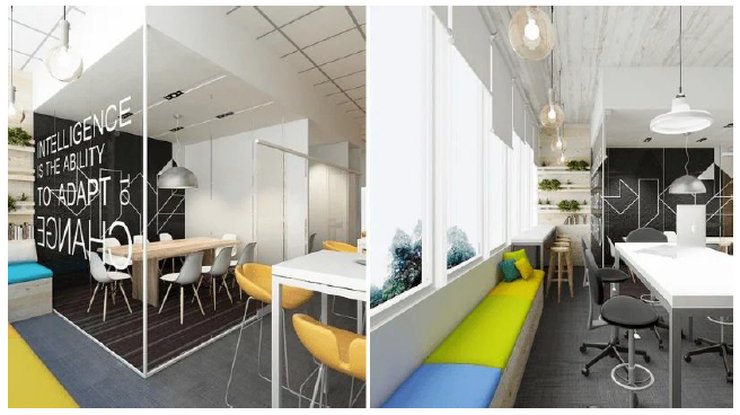
Offices without doors and with clear walls can improve the feelings among workers that their leaders are transparent and accessible.

Mobility of technology: when people can move, productivity flourishes - mobility can be supported with the smart application of portable hardware and cloud technology. In offices where cross-functional groups and temporary teams are the norm, mobile technology solutions allow for productive wandering and collaborating.
Breakout spaces and modular furniture: moveable work, boosted productivity - breakout spaces are the latest way offices are accommodating the need for recreation and impromptu meetings. These are designated areas where movement, discussion and taking a minute to recharge are encouraged. They’re part of a larger trend towards multipurpose solutions that match the multipurpose spaces they sit in. Give employees a space to have a conversation and a breather—and good things will follow.
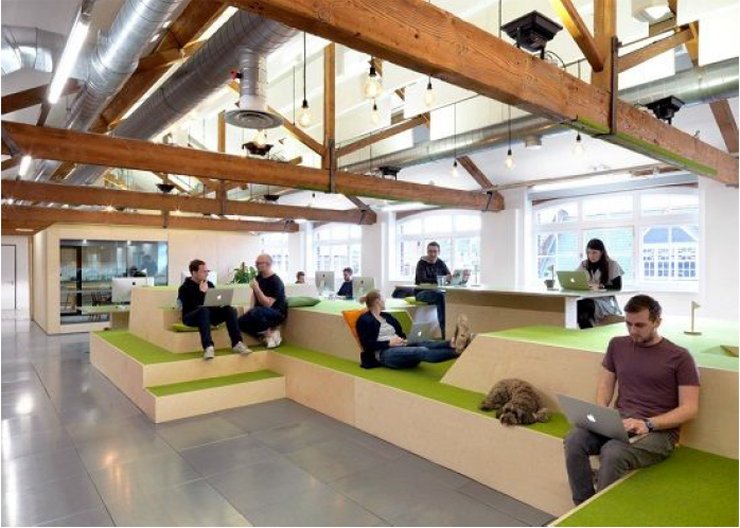
Modular furniture in your multipurpose spaces. Workstations that can be combined into a large, shared workspace, thus allowing teams to work together and break into individual segments as needed. Or a traditional table that is adjustable to standing height.
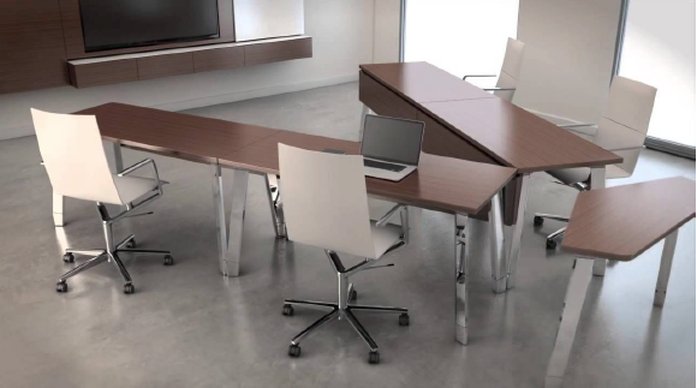
The “coffee shop vibe” - coffee shops feature a blend (no pun intended) of specific- and general-use spaces, where people of various working styles can select their most productive seating option. A mix of communal spaces, individual workspaces and shared resources is often all it takes to make a space truly multipurpose, and a little visual flair in the form of pendant lights and repurposed woods can help bring it all together.
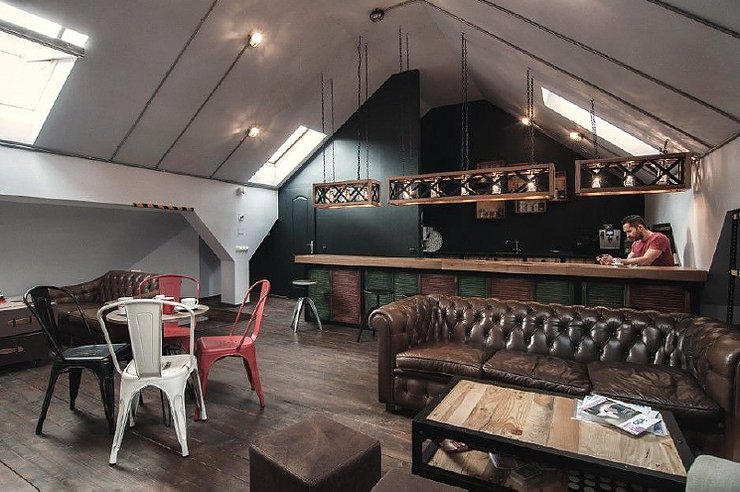
Long, communal tables: the definition of “multipurpose” - continuing with the coffeehouse theme, seating that suits any number of purposes is a smart way to allow multipurpose work to thrive.

Foldable, storable and deployable: furniture that can be deployed and removed at a moment’s notice. Collapsible desks, foldable cube walls and other items that allow for quick setup and takedown can sit on the work floor for as long as they’re needed, then be removed to a supply closet or similar storage space, giving employees access to extra workspaces only as long as needed. Provide some rolling tables and easily-moved chairs and a fixed space becomes a flexible one that’s perfect for teamwork. Drop in some folding cubes, and it becomes a quiet space for focused solo work.
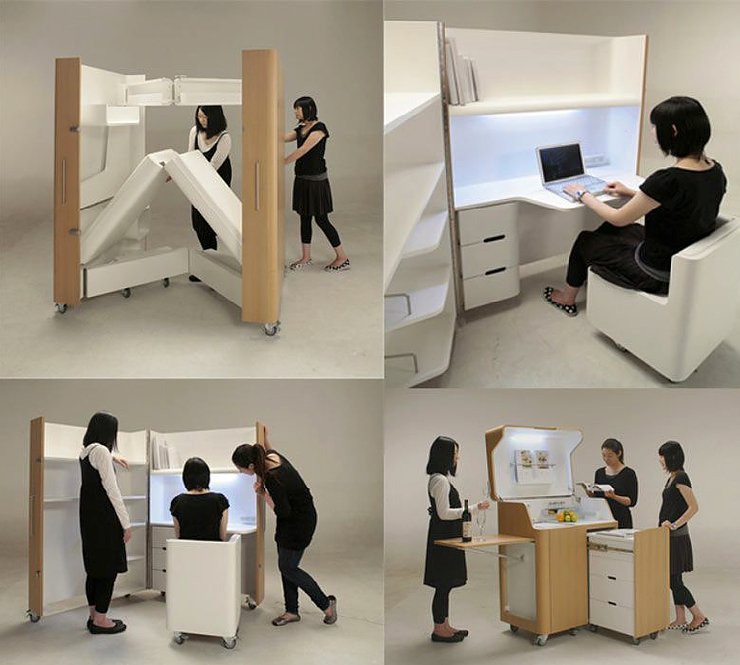
Small spaces are the new multipurpose spaces - closed-off spaces away from your main work floor can turn a small collection of rooms into a broad collection of potential workspaces.
